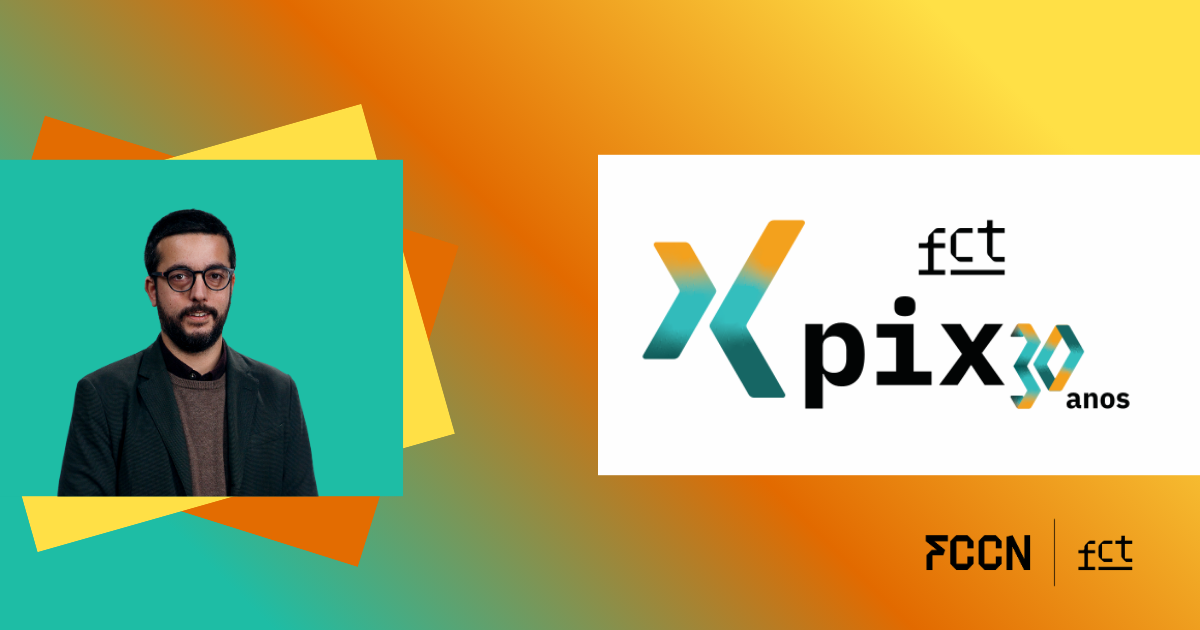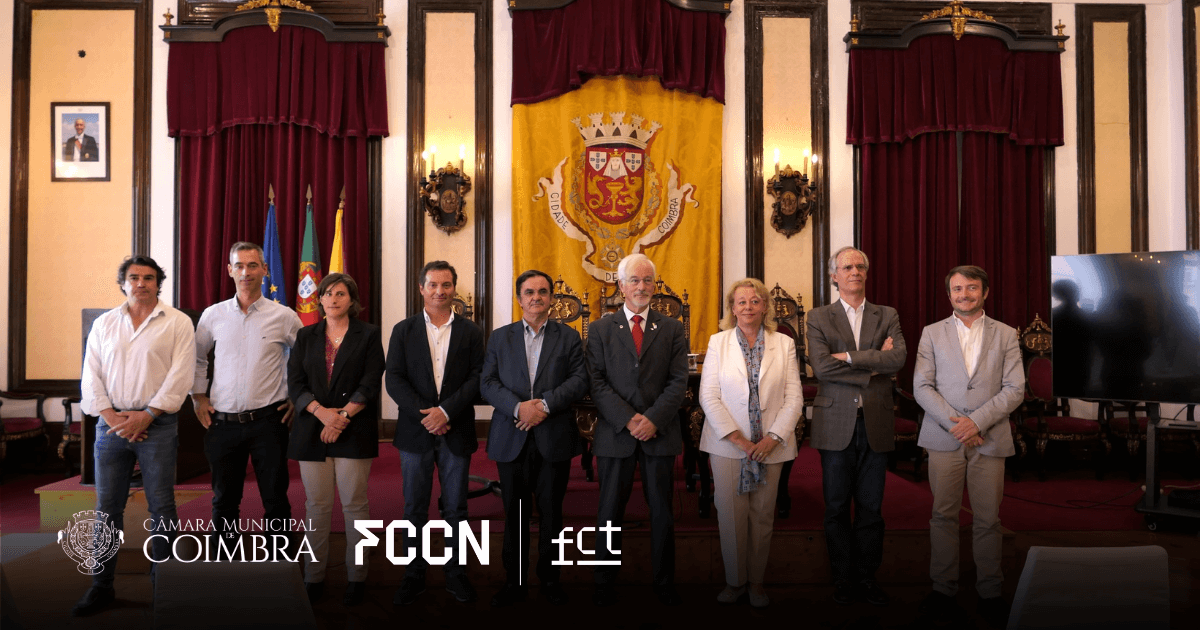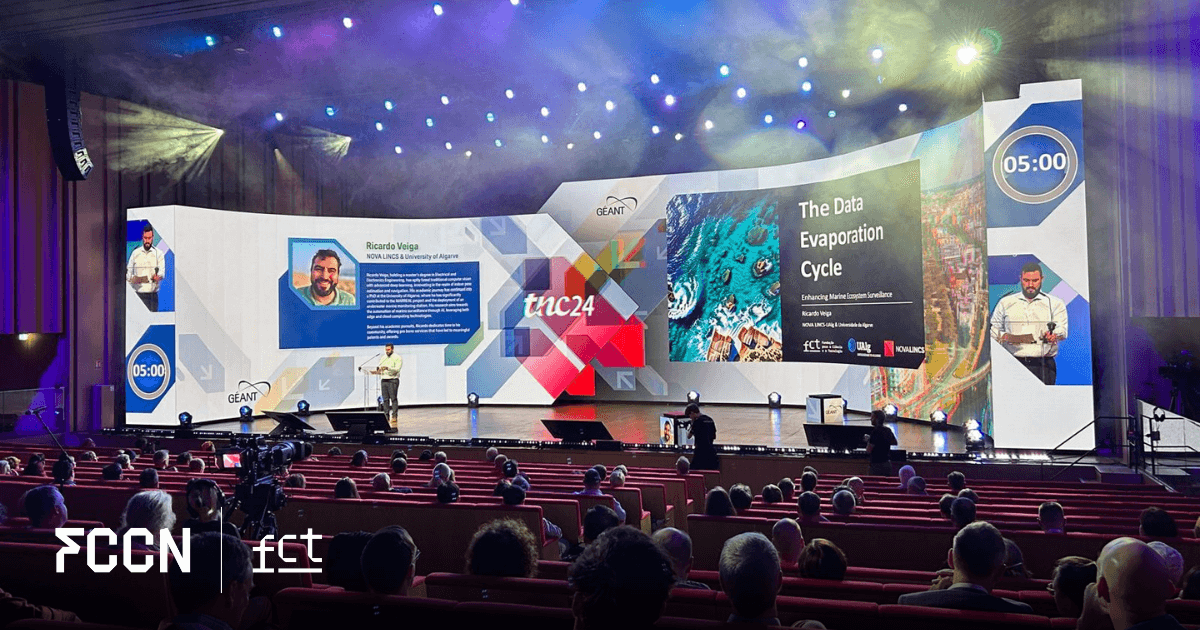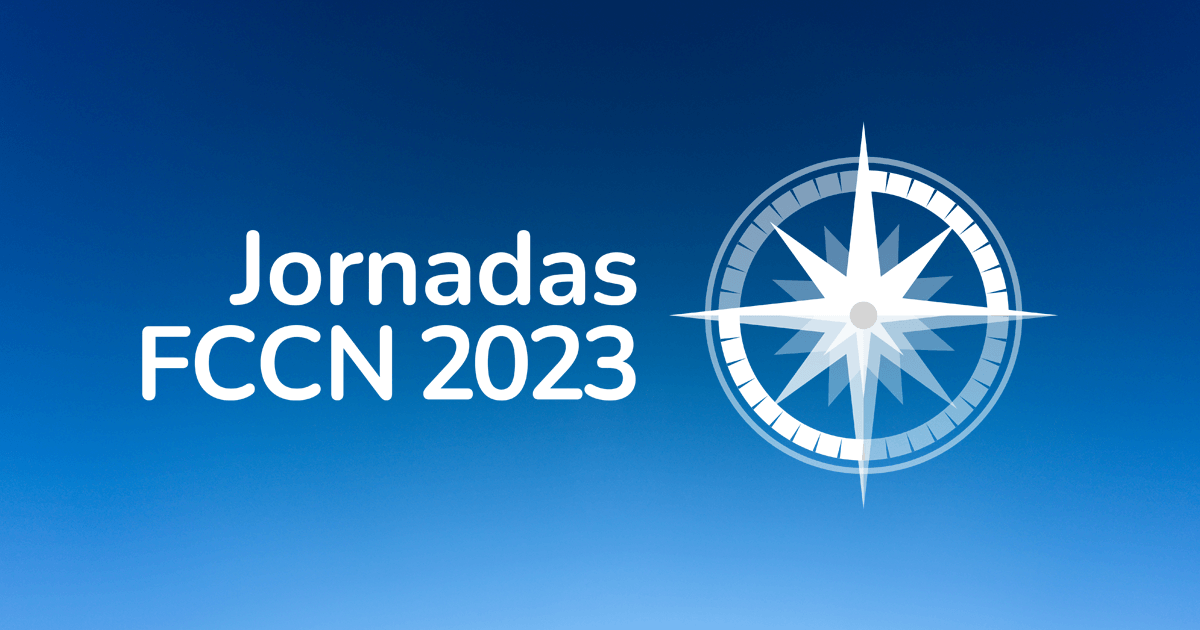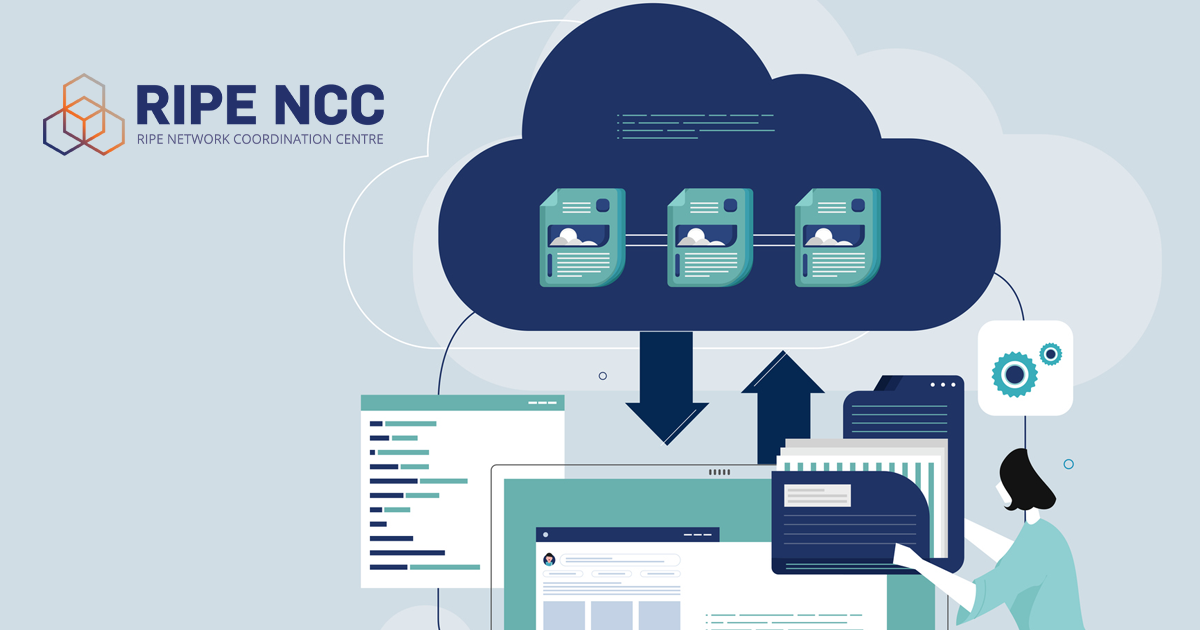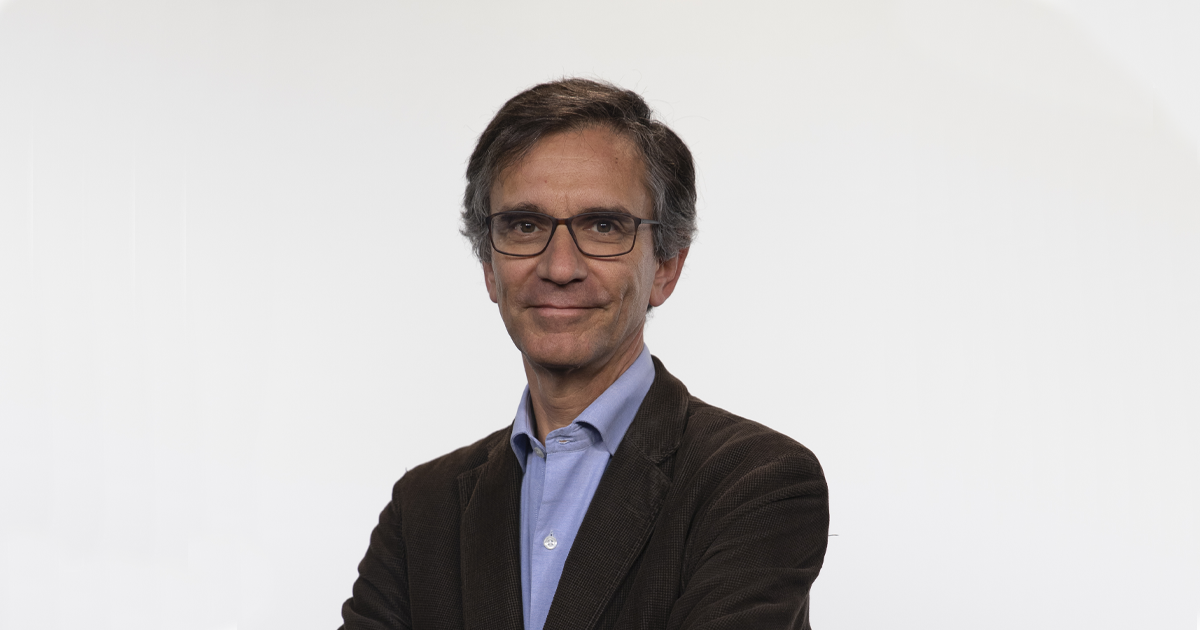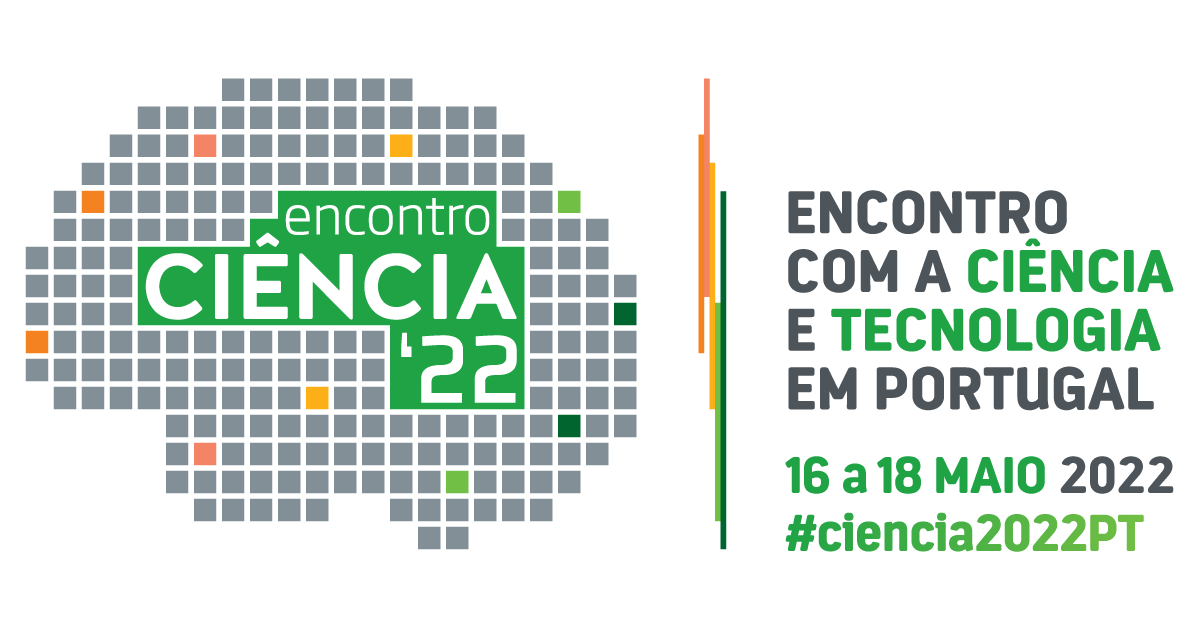Ana Pinto, Director of Network Services at the FCT's FCCN Unit, explains the main new developments involved in RCTS 100, as well as its impact on higher education and research institutions in Portugal. The changes, already being implemented, will meet the needs of entities connected to the Portuguese academic network.
On November 13th, we witnessed the inauguration of two access upgrades to the national academic network, in Bragança and Vila Real, as part of the RCTS100* project. What does this project consist of, and what stage of implementation is it at?
RCTS100 essentially involves expanding the fiber optic infrastructure and technologically upgrading the Portuguese academic network, RCTS, involving an investment of €17.2 million. In addition to these two essential objectives, part of this budget was also allocated to improving the internal networks of some public higher education institutions.
The project is scheduled for completion in September 2021, and several important milestones have already been achieved, particularly in expanding the fiber optic infrastructure. Six new routes have already been activated, enabling 10Gbps connections to the polytechnic institutes of Beja, Bragança, Viseu, and the University of Trás-os-Montes and Alto Douro (UTAD).
It was also possible to create two new rings [in the network]: the Beira do Litoral ring (Polytechnic Institutes of Leiria and Tomar) and the Alto Alentejo ring (University of Évora and Polytechnic Institutes of Portalegre, Setúbal, Castelo Branco, and Santarém). The University of Algarve's fiber optic connection is currently under construction.
And what other steps are being taken, from the point of view of technological updating of RCTS?
As part of the network's technological evolution, the challenge is to make it more scalable, both in terms of the number of services provided and in terms of increasing redundancy and resilience to failures. After several analyses and simulations, the decision was made to adopt Segment Routing. We believe that this evolved version of the IP routing protocols we are building combines both simplicity and scalability. It also guarantees advanced protection and traffic engineering mechanisms that will enable us to deliver a next-generation RCTS.
Still at the level of the technological evolution of the network, but within the scope of its capacity building, the upgrade Progressive integration of various network assets to ensure the evolution of RCTS. This will shift from a network that guarantees the delivery of 10Gbps services to one that will deliver services at 100Gbps. This technological migration translates into a massive increase in the bandwidth available to RCTS entities.
Finally, in terms of international connections, we are strengthening RCTS's interconnection capacity to other networks by providing multiple 100Gbps ports for connection to Rediris [Spanish academic network], the GÉANT network, GigaPIX, and Tier 1 ISPs. In 2020, the new routers international airports in Lisbon. The activation of the router Porto International.
This project is also presented as a response to the digital divideWhat does this phenomenon consist of and how is it mitigated by RCTS100?
THE digital divide is a term that, in this case, applies to the difference in connectivity services available to entities located in different regions of the country. In the case of RCTS, given that its fiber infrastructure was located primarily on the coast and in the metropolitan areas of Lisbon and Porto, there was a marked difference between the connectivity services provided to entities located there and those located in the northern interior or southern regions of the country. In these regions, the services provided depended on the contracting of services. Ethernet, with limited capacity.
Whenever one of these entities not served by fiber infrastructure had an urgent need for bandwidth, this was a difficult need to satisfy because it involved contractual changes, costs, market consultations and long implementation times.
RCTS100 guarantees equal network access conditions whether the entity is located on the coast, inland, or in the south of the country. This is because, in addition to standardizing fiber access, we will also ensure the activation of an optical transmission system with nationwide coverage, enabling the delivery of multiple services at 100Gbps.
What will be some of the possibilities guaranteed by this upgrade for the higher education institutions covered by the project?
In addition to the direct investment secured for nine higher education institutions to enhance their internal networks, all RCTS member institutions will benefit from this project. The aim is to ensure a new generation of RCTS, a network prepared to support and leverage the activities of network-connected institutions, transport their critical services and applications, as well as their research traffic.
By making the network more redundant and resilient, we are ensuring better convergence times in the event of a failure and faster service restoration. This will ensure better quality services for entities that increasingly rely on internet connectivity for internal services.
On the other hand, the network's significant capacity to provide services at 100Gbps will support the increased traffic generated both by research traffic and the increase in data that must be transported, as well as by the traffic caused by ongoing digital transformation processes.
Does the current pandemic context have anything to do with this change?
The current pandemic has dramatically changed the way people interact, learn, teach, and work. Educational and research institutions have been forced to embrace or accelerate digital transformation processes. By creating new digital pedagogical methods, leveraging information technology and extensive use of multimedia content, they have been able to move their courses online and continue teaching.
This change created opportunities to expand its markets, as education was now guaranteed globally. This globalization must be guaranteed without restrictions and with high communications capacity – the RCTS100 is precisely what guarantees and supports this ongoing transition.
Another dimension of the national academic network is scientific and research activity. How will these improvements impact this type of activity?
RCTS100 and the provision of multiple services at 100Gbps reinforce the response to the need for entities to change their network connection model, in order to ensure that the different communities they serve effectively benefit from the high capacity available.
Scientific and research communities often have connectivity requirements that, to be met in current local network topologies, would require significant investment. For example, if an entity's network has an RCTS access topology in which the border equipment is a firewall, we know that your upgrade to support 100Gbps will require the dedication of a large budget.
Therefore, we have been advocating for the creation of a connection model to the RCTS that advocates the creation of so-called Scientific DMZ [perimeter networks]. This access topology eliminates the need for all traffic to pass through the firewall, with access to the RCTS now being guaranteed by high-performance routing equipment, which will be responsible for dividing traffic according to its nature—internal network traffic or research traffic. This division of connectivity for scientific applications enables the implementation of appropriate security mechanisms and direct access to the required transmission capabilities.
We believe that Scientific DMZs are the way to respond to the growing need for sharing large volumes of data and computing resources. Several RCTS entities have already activated this type of network access topology. For those entities that want to learn more about this connection architecture, we are available to help by sharing the information we have collected.
Is there anything you would like to add?
This is undoubtedly a very ambitious project, involving a lot of work, but one that motivates us every day to do even more, as we believe it represents a unique opportunity to improve the connectivity services provided to the RCTS community. Finally, I would like to thank this community, particularly the IT centers and our technical contacts. They are our eyes and our remote hands. Thank you very much for all your support in this process of transforming RCTS!
* Project co-financed by the Operational Programme for Technical Assistance, Portugal 2020 and the European Union, through the European Regional Development Fund

